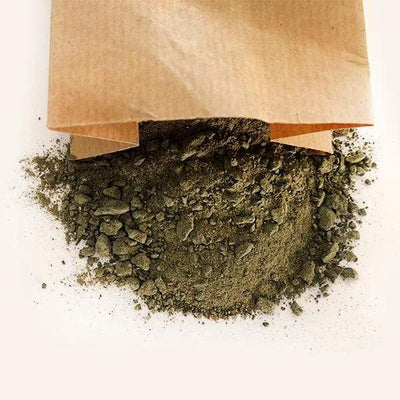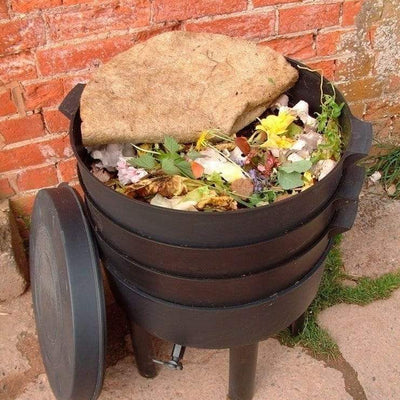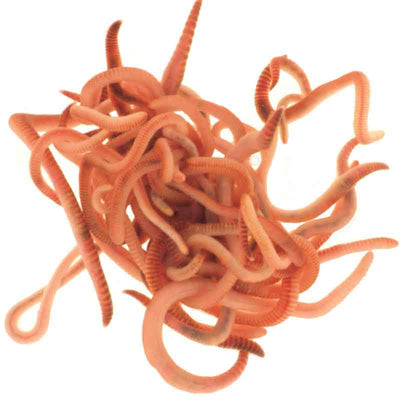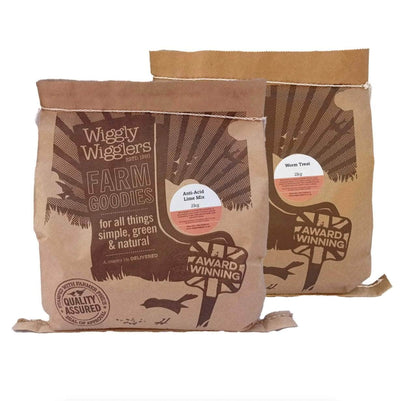If you’ve started your own wormery, congratulations! It’s a fantastic way to reduce food waste and create nutrient-rich compost for your garden. However, like any system, a wormery requires a little maintenance to keep it running smoothly. As time goes on, things happen, and adjustments may be needed. So let’s dive into some key tips to ensure your wormery stays in top shape.
Checking In on Your Wormery - A couple of months into starting your wormery, you’ll notice that worms begin migrating to the top tray. This is perfectly normal! When checking on them, don’t be afraid to handle the worms—it won’t harm them. If Prince William himself wasn’t afraid to touch these very worms during a recent visit, then you shouldn’t be either! Get comfortable with your wormery and get involved.
How to Tell If Your Wormery Is Working - The easiest way to know if your wormery is functioning well is by looking at the compost. Each tiny speck should be created by worms. Their main job is to eat and produce compost, so as long as you see different age worms working through the material, all is well.
One important component is the moisture mat. Over time, it will break down. When this happens, simply replace it with a new one or even use a woolly jumper as a substitute.

Balancing Moisture Levels - If you find that your wormery is too wet, don’t worry! You can quickly fix this by adding some cardboard or bits of paper to absorb the excess moisture. Additionally, a handful of lime mix helps regulate acidity and keeps the environment balanced while also drying things out a bit.
As long as your worms are actively working in the top layer, you can continue adding waste. They will naturally process it, keeping the system running efficiently.
Giving Your Worms a Bokashi Boost - To enhance your wormery’s performance, consider giving your worms a little boost with fermented Bokashi. If you have a kitchen Bokashi bin, you’ll notice it contains a lot of beneficial white mold—this is a great sign! This pre-composted material is packed with microbes, making it a treat for your worms. Simply add some to your wormery, and your worms will love it.
Managing the Trays - Once your top tray is full, usually after a few weeks, it's time to transition. Move the full tray to the top and start adding waste into a new tray underneath. The worms will naturally migrate through the holes between trays in search of fresh food. They don’t realize the holes are there, but they instinctively move toward the food source.

Always place the moisture mat over the freshest waste. As the worms work their way up, you can remove the moisture mat from the lower trays. Eventually, the worms will leave the bottom tray, leaving you with a rich, finished compost that’s ready for use in your garden.
Enjoy Your Wormery!
A wormery is a continuous cycle of waste reduction and compost production. By regularly checking moisture levels, adding fresh waste, and managing the trays properly, you’ll have an efficient system that produces fantastic compost for your plants. Enjoy the process and happy composting!






